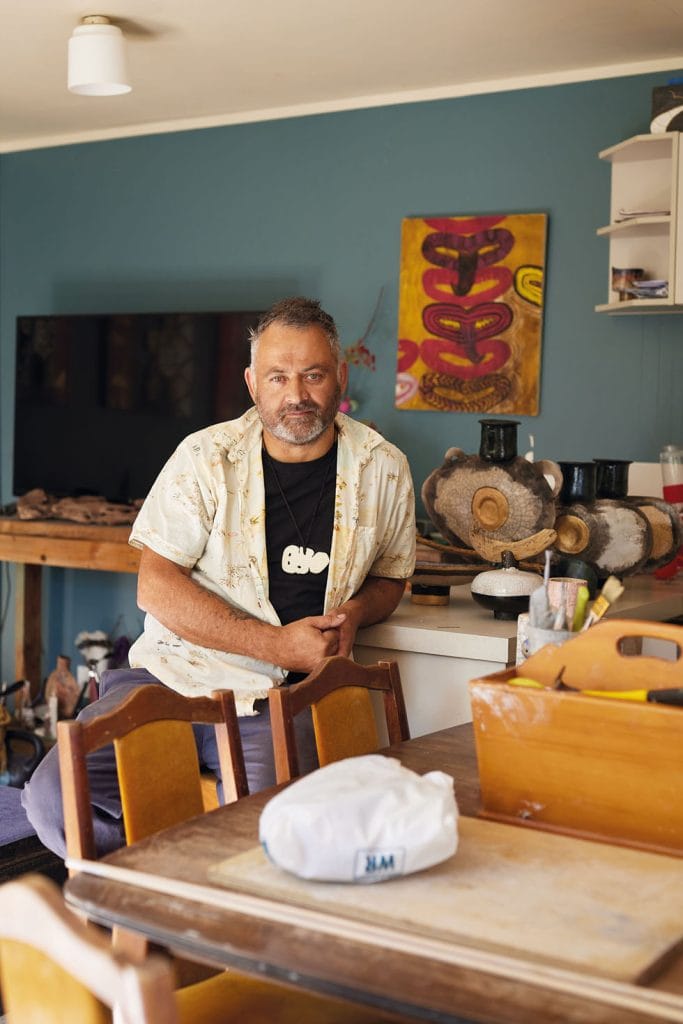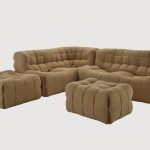Dave, ceramics are part of a wider creative practice for you — tell us about the various mediums you explore in your art. As early as 1981, I was featured in the paper painting something, I can’t remember what, and won a ‘design a mural’ competition for the local intermediate school. I was 13. I got sidetracked for the next 12 years being a wayward teen and young adult, then woke up in the middle of the night one night and decided I was going to make films. I left my factory job and went to Wintec [in Kirikiriroa/Hamilton] to complete a Bachelor of Media Arts in moving image. During this time, I was asked to make an oil painting for a short film and received so many compliments that I continued with oil painting. My first exhibition was in 1997; I sold out and still paint today.
I stayed in the film industry for 15 years and exhibited short films at the Wellington Fringe festival, shot music videos, and worked on TV shows in New Zealand and London. Painting opened pathways into other areas of creativity. I’ve also expanded my creative knowledge through sculpture, printing, drawing, designing and clay.

What draws you to clay? When I found clay, I found my creative powerhouse. The combination of form and surface texture brings all the creative experiences I’ve had into one medium. Clay allows me to create raw and honest work that reflects my personal journey in recovery and my love of design and aesthetics.
Spiritually, the clay comes from whenua [land], which connects me to the whenua. I also use several elements to create each piece, such as ahi [fire], hau [air] and awa [water], which connects me to the environment. I love making work out of clay because it connects me to so many things — my wairua [soul], my whakapapa [family history], my creativity, my community and whenua. I am of the earth and I create for the earth, symbolically.
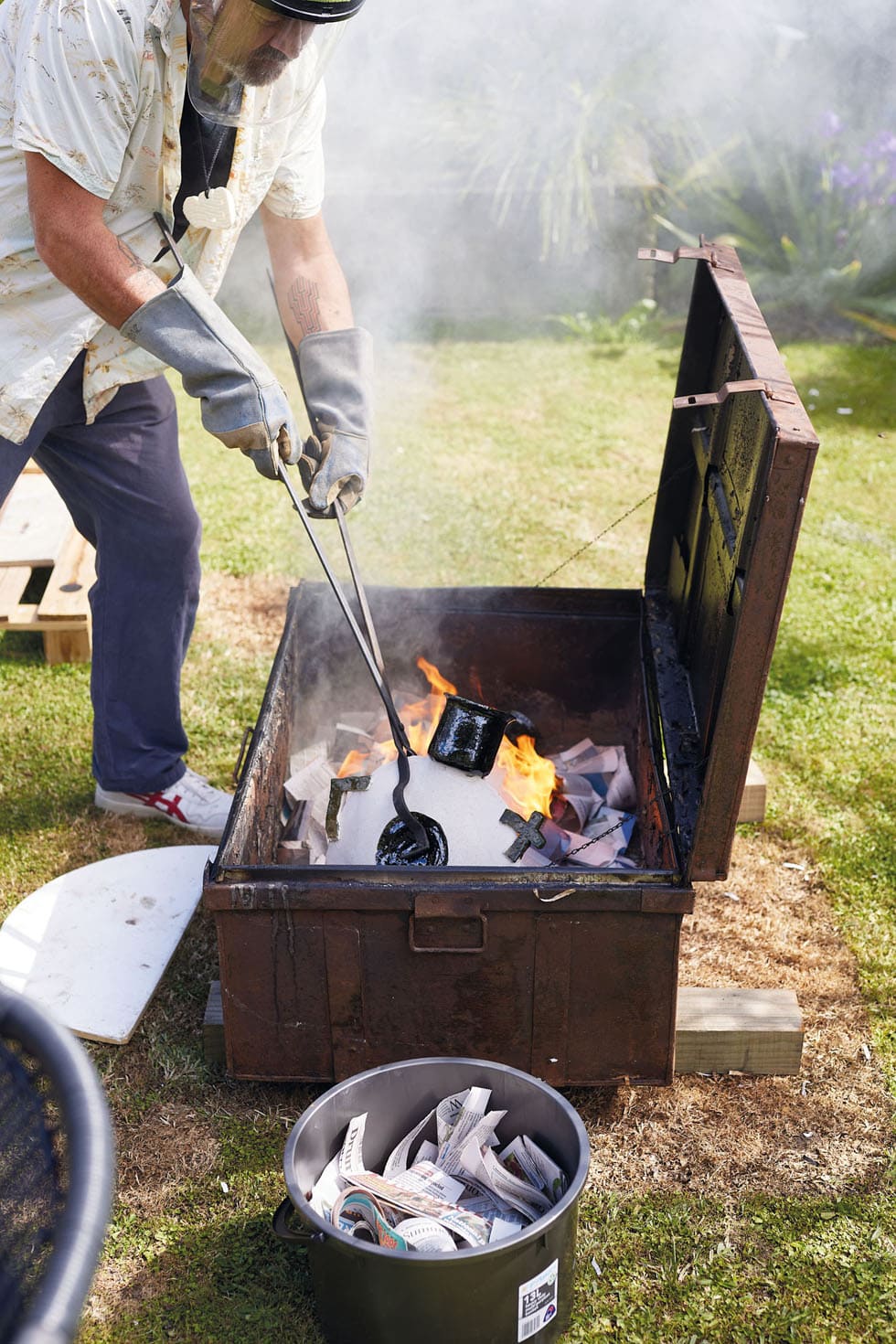
What inspires the direction of the pieces you make? In particular, it’s the themes of whakapapa, wabi-sabi [the Japanese concept of transience and imperfection] and mid-century design. My whakapapa reminds me of where I come from and acknowledges those who came before me allowing me to be here in this world. Being Māori, Ngāti Rangitihi, this is extremely important and not only connects me to my tūpuna [ancestors] but to my whenua and those who have inspired me in my clay journey. Everything has a whakapapa or a history and is connected, which is why I use Māori patterns in my work, especially tukutuku [lattice work] and taniko [finger-woven] designs.
I’m a huge fan of the Japanese aesthetic and have adopted a life concept of wabi-sabi, which loosely means that life is perfectly imperfect. There’s beauty in everything and it’s okay if my work isn’t perfect. This concept allows me to create without restrictions.
Mid-century design is where I get a lot of my geometric shapes from as I find them timeless and simple. My work is a result of these concepts colliding, creating bold shapes that reflect my life journey and are uniquely me.
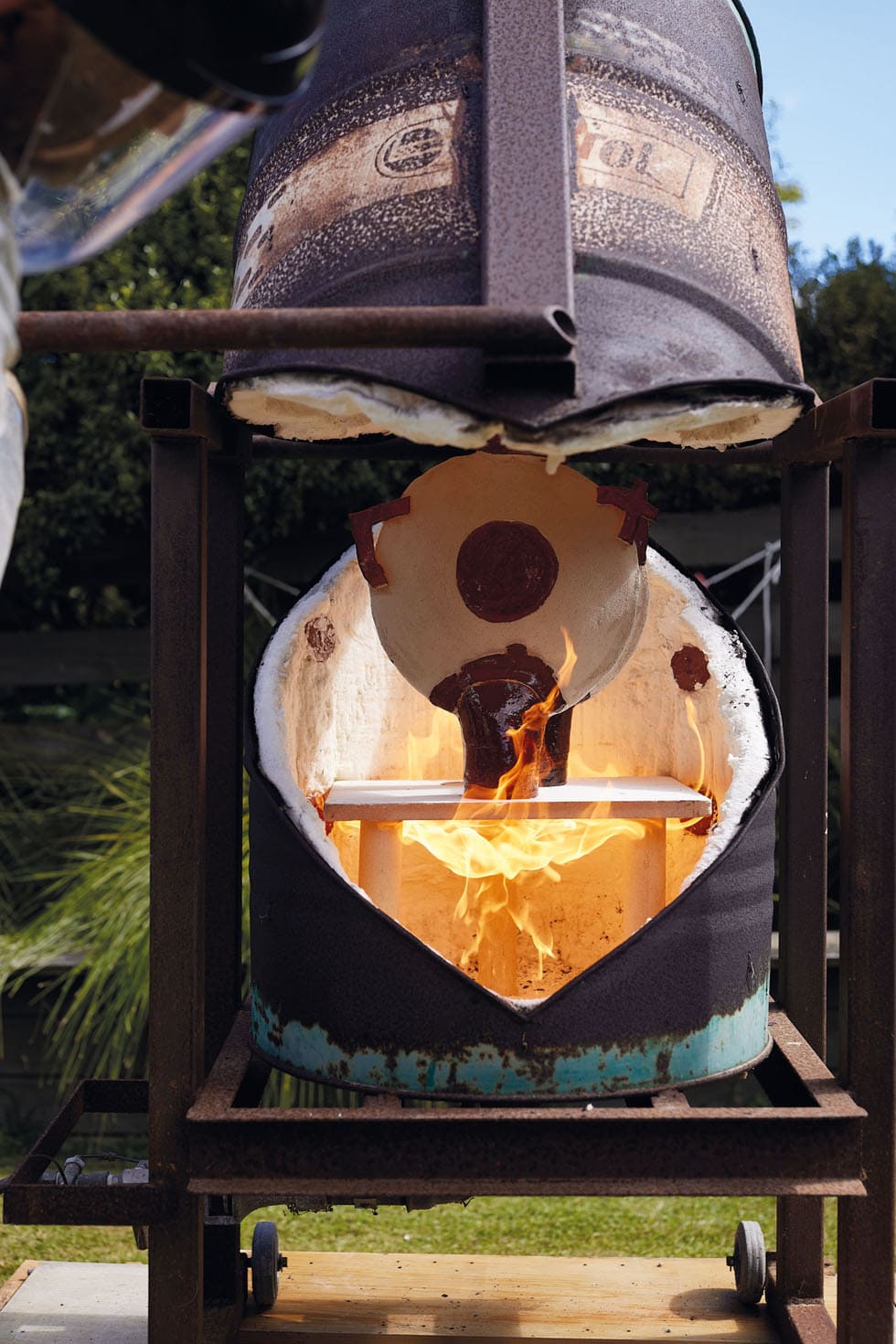
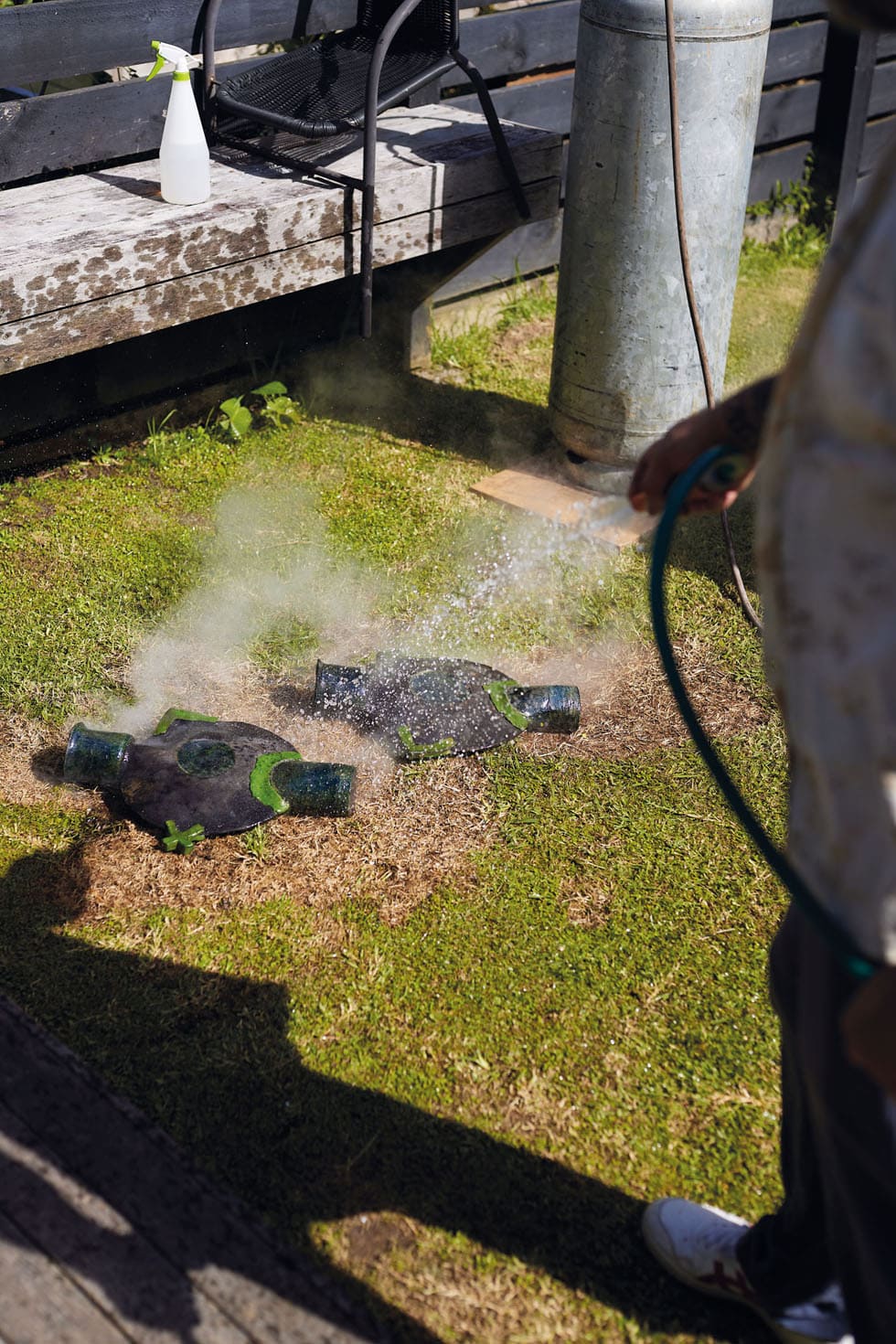
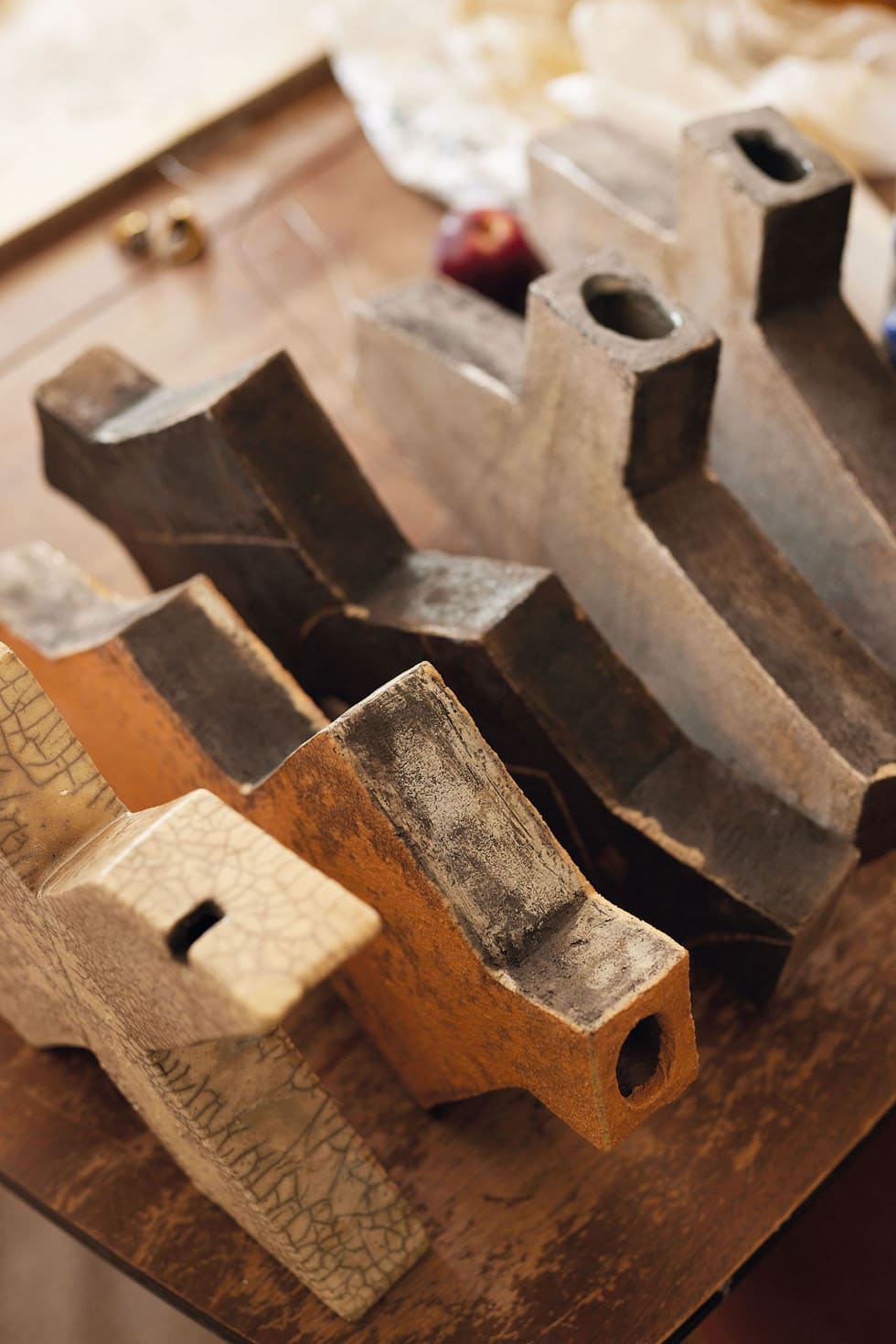
How did you get into the Japanese raku firing process? As a long-time member of the Waikato Society of Potters, I’ve been exposed to a large number of creative people who’ve been a fantastic resource in my creative pathway. I noticed one of them firing up a raku kiln, instantly wanted to know what was happening inside the kiln and what the result of that firing was, and began to attend more and more firings. Raku aligns with my thoughts about life in that we’re never in complete control and the environment can impact the outcome.
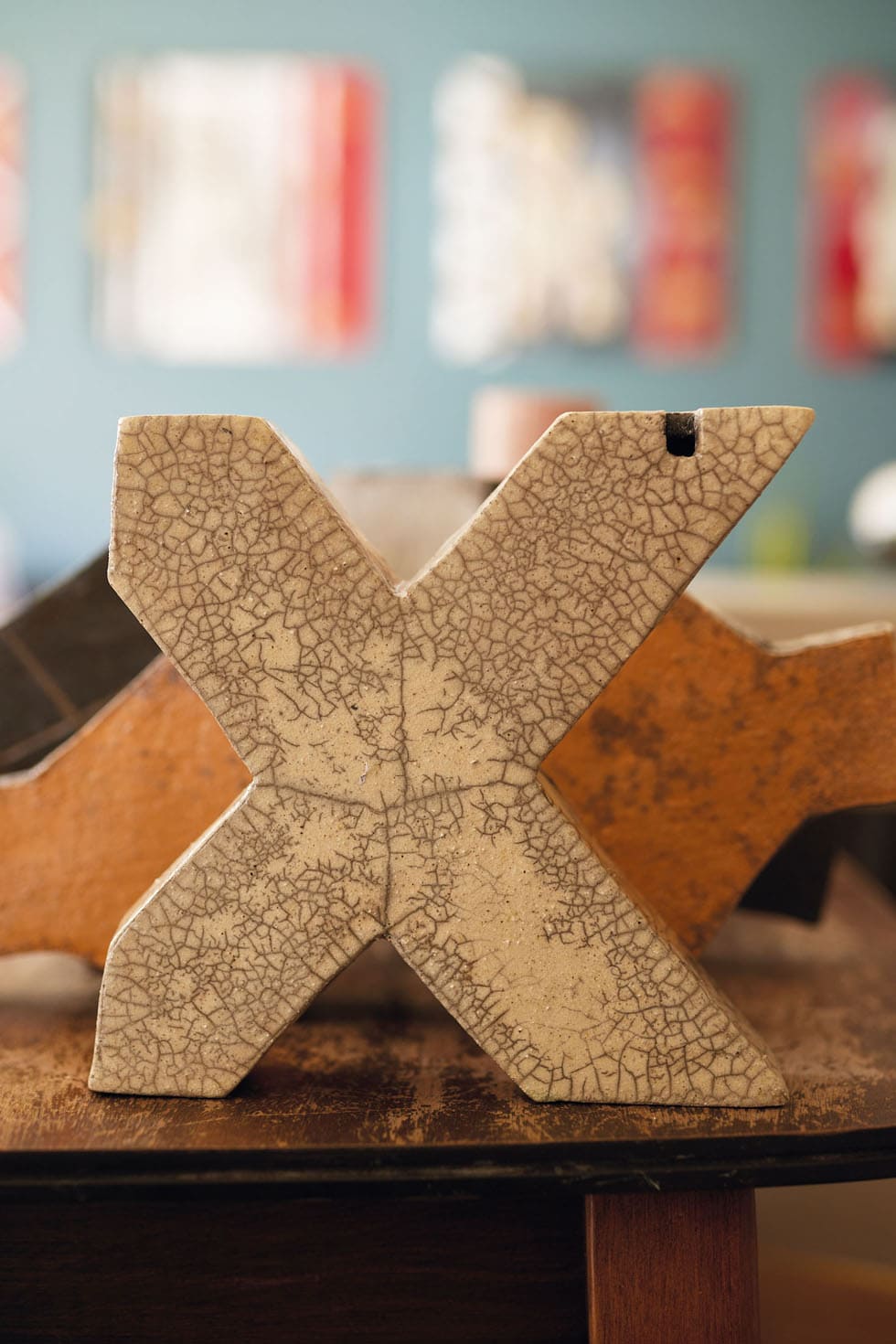
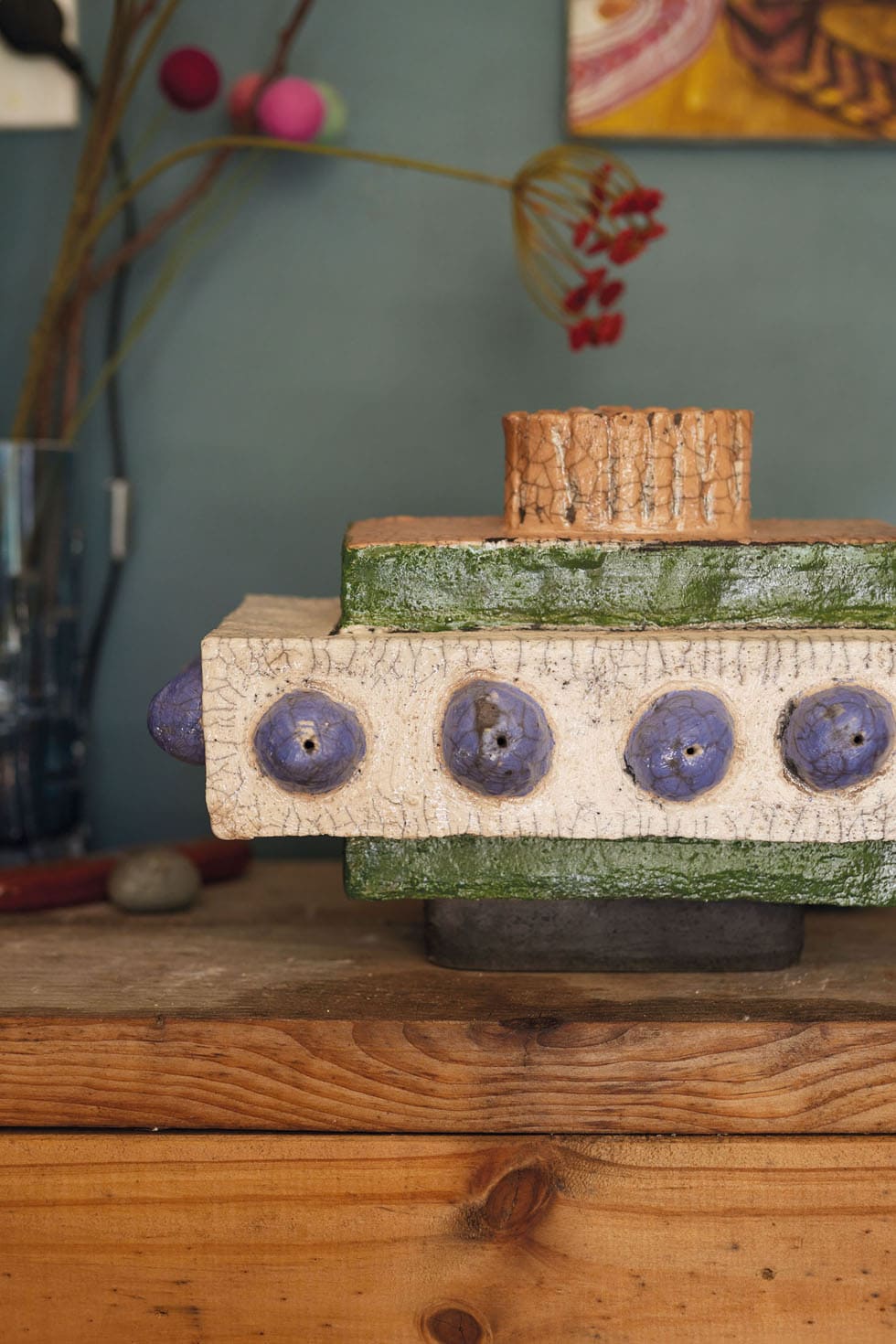
You have a show coming up at Public Record in Tāmaki Makaurau/Auckland to align with Matariki in July— what themes are you exploring in this body of work? I have to acknowledge Public Record founder Yuka O’Shannessy for giving me an opportunity to show my work in her amazing gallery. The show will connect to Matariki, a time in the Māori calendar for new beginnings, being grateful, being with whānau and remembering tūpuna. In this context, my work will show a connection to my ancestry through traditional patterns, a connection to whenua through the clay, and the hope of new beginnings.
When I sell a piece of my work, I think about the journey it’ll go on — how long it’ll last, whether it’ll be thrown out, whether it’ll be passed on. Whatever its journey, it’ll always whakapapa to me, then whakapapa to my ancestors, which is an important part of Matariki. Only recently have I taken the time to remember my whānau who have passed and hoped for a good year. Matariki is becoming more relevant as I get older and hopefully a little wiser, and a time to consider where I whakapapa to in this world, and where my future might lead me.
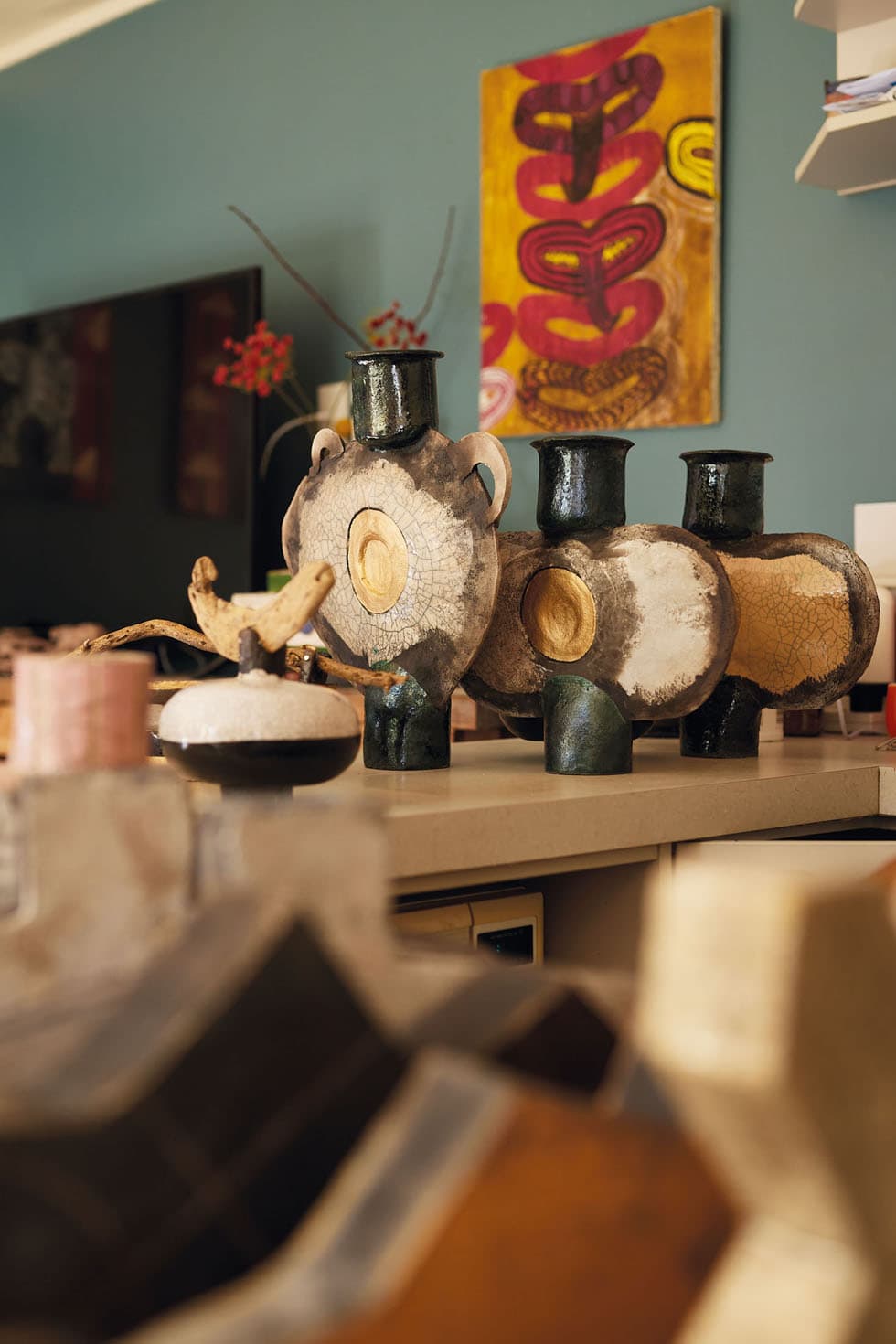
What are you feeling optimistic about right now? Considering how much I’ve overcome in this life, I’m optimistic that the universe will give back what I put in, and this has proven to be the case when I’m making art. I’ll never stop making things, as I’ve been doing for the past 25 years, because I believe that one day a door will open. Maybe one’s opening right now… Happy Matariki.
daveaustinceramicdesign.com
Interview Alice Lines
Photography Simon Wilson

